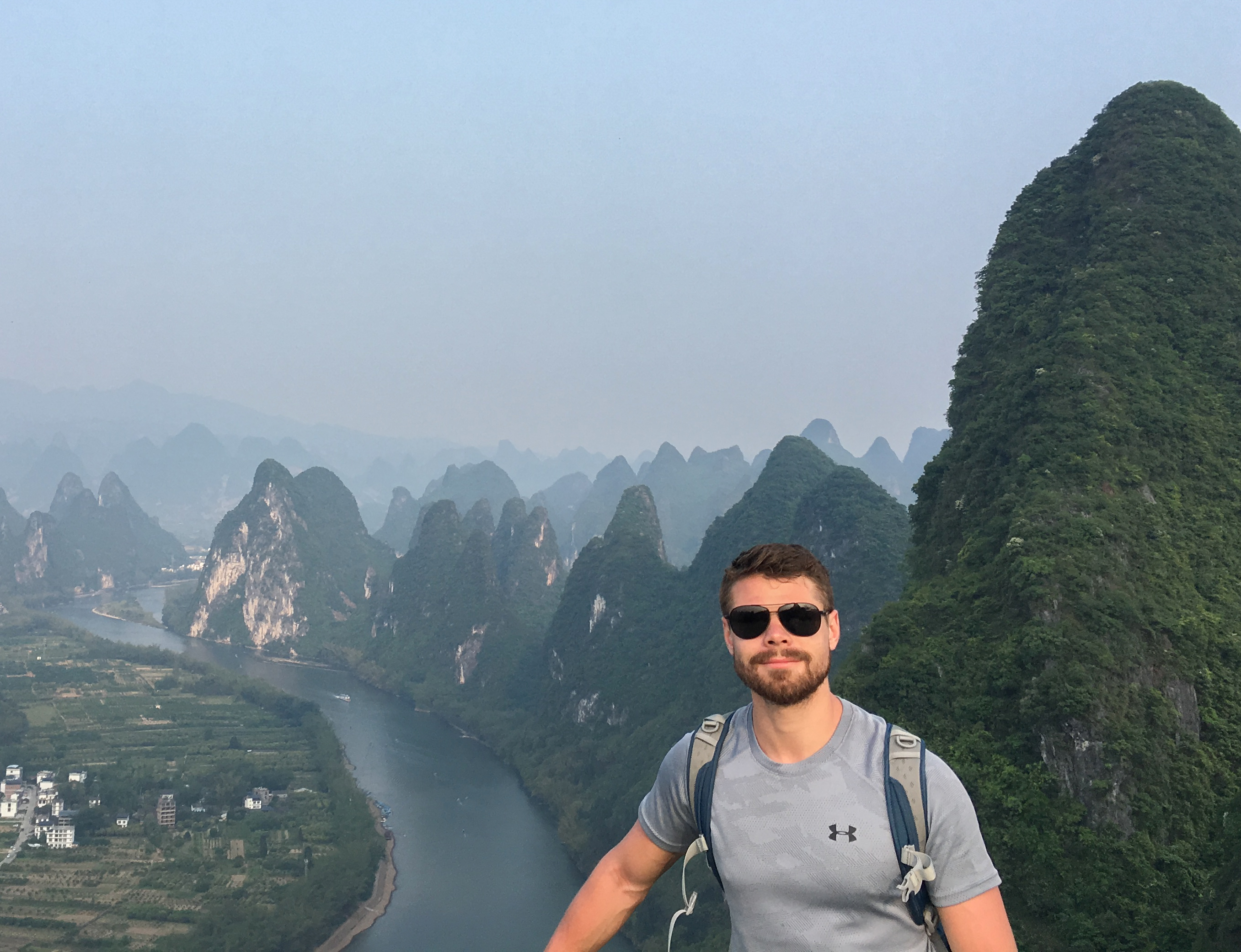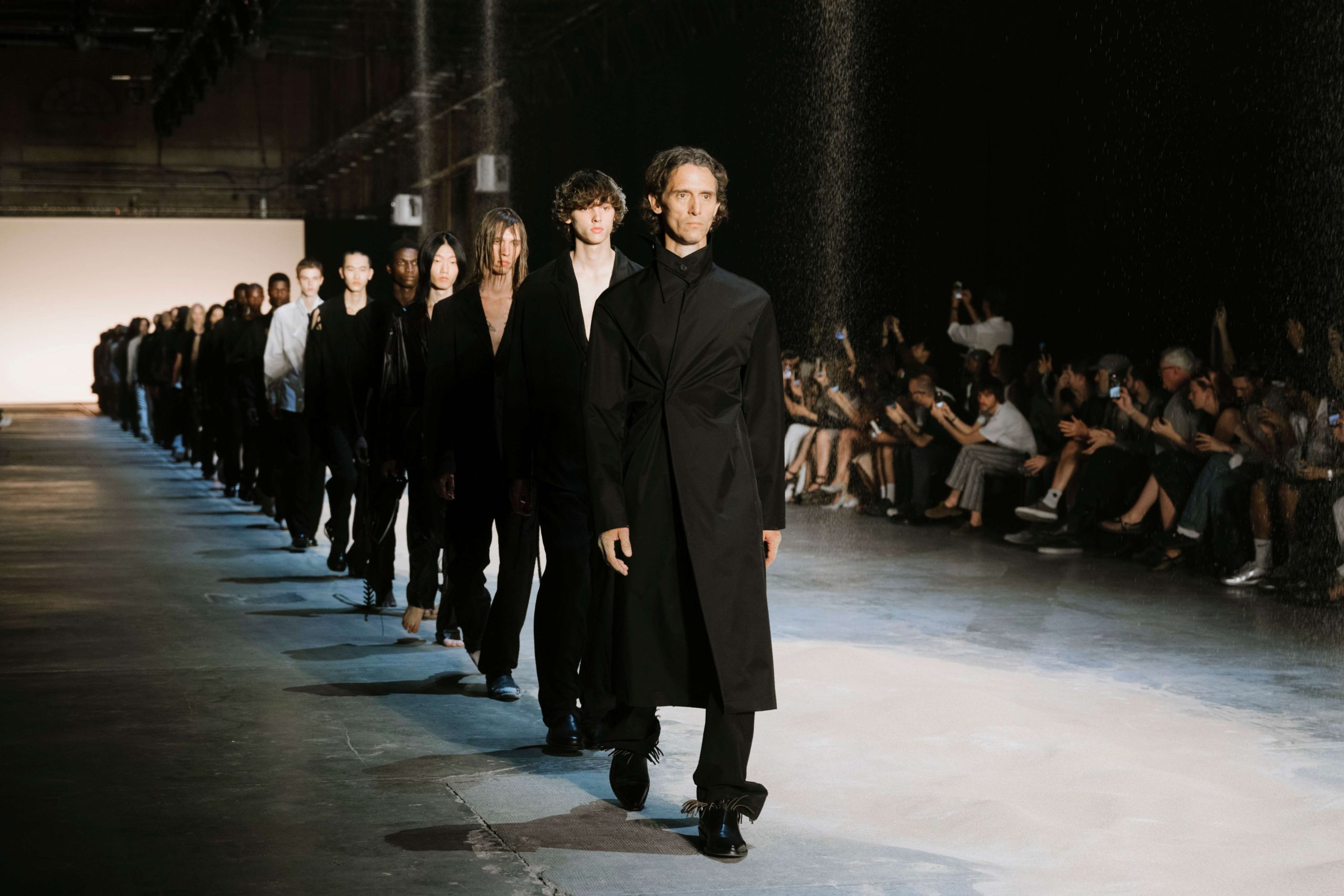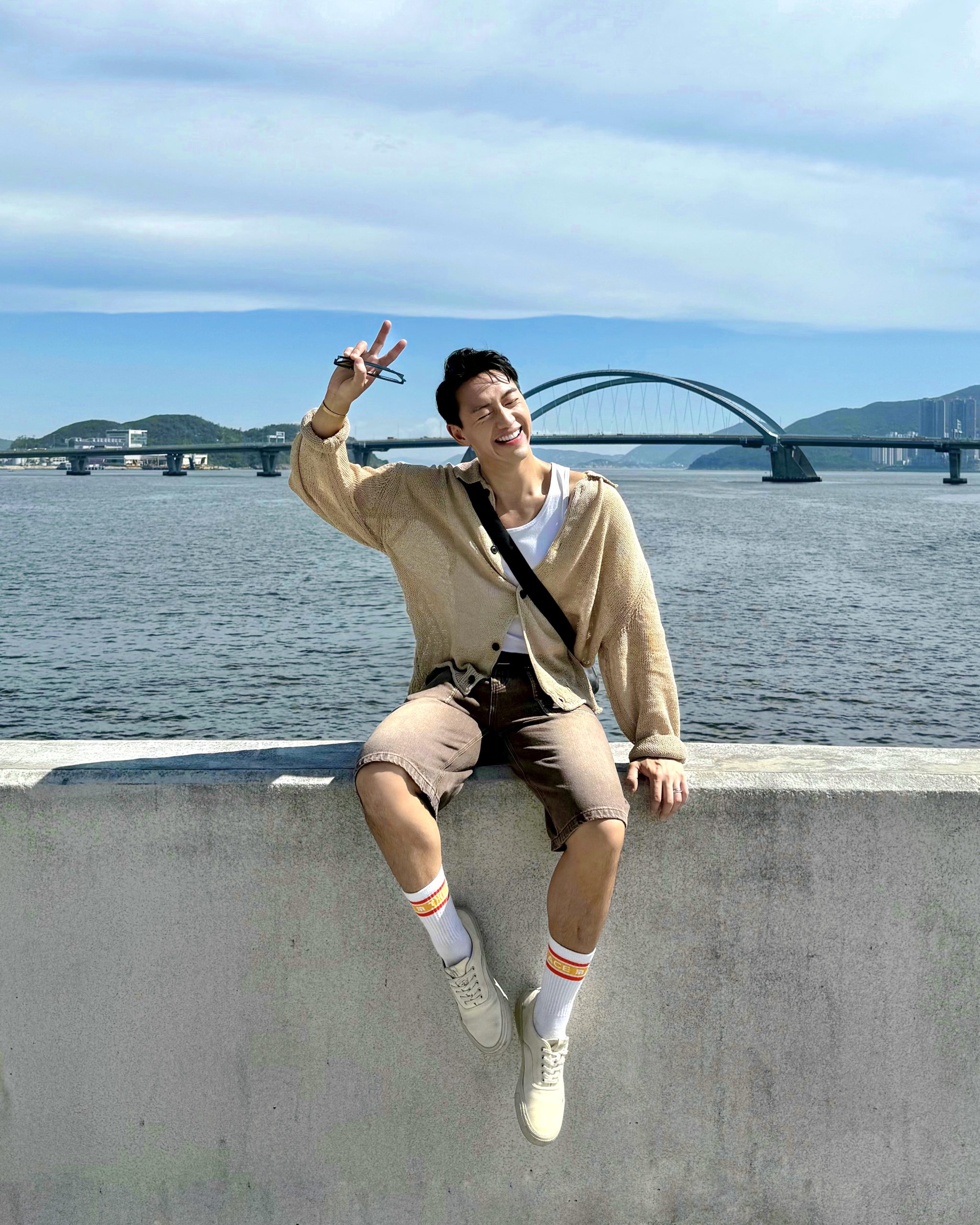
British pilot and photographer Lee Mumford has loved speed and mechanical engines for as long as he can remember. After a few years of working in finance and being a semi-professional racing driver on the side, around three years ago he turned to aviation and has since been an aircraft pilot.
For Mumford, who spent much of his childhood in Hong Kong, regularly flying in and out of the city offers opportunities to capture unique sunsets and sunrises to add to his photography collection. Being a pilot, in short, fuses his two biggest passions, travel and photography, in one.
We asked Mumfod some the questions we’ve always wanted to ask a pilot:
Why did you decide to become a pilot and how did it happen? Was it always your childhood dream?
Aviation has always been an interest of mine as I was brought up in an aviation family. However, I loved anything mechanical and actually wanted to be a racing driver. After a number of years of success, I quickly realised the only way to progress was with very deep pockets, which I didn’t have. As I wanted to remain hands on, my focus quickly turned to aviation to follow in my father’s footsteps. I have never looked back since.
You also take great pictures, do you see a connection between being a photographer and a pilot?
Yes I really do. Flying long haul and being able to visit all these fantastic places, I knew I needed a way of capturing all these moments. Before I joined this industry I used to enjoy taking pictures so I’ve now rekindled that passion. When I travel for work I try to loosely stay on Hong Kong time (to help battle jet-lag) so you always find yourself up at odd hours. I love to shoot sunrise, which is perfect as you’re normally wide awake and tend to have the classic photography spots to yourself.
Being passionate about travelling certainly helps to keep the job interesting. It’s very easy to lock yourself in your hotel room once you reach your destination but I’m always too excited to explore the culture and sights that the destination has to offer. It makes these long flights bearable knowing you are going to be tucking into amazing pasta in Italy or lobster rolls in Boston.
Have you ever been afraid to fly?
I was introduced to flying from such a young age, so luckily for me I’ve never been afraid. Having now been through the process and training to get to where I am in my career, I have utmost confidence in the safety of flying. These incredible machines are built with multiple levels of backup systems that really put your mind at rest.
What was your first flight and how did it go?
My first flight that I physically flew was quite a few years ago in the UK. I was very excited, yet incredibly anxious. I remember the flight felt like five minutes despite being over an hour long. Everything happened a lot quicker than I could process. Yet it left me incredibly intrigued and itching to fly more.
Does it feel weird when you fly as a passenger?
Not really. It actually feels nice boarding a plane knowing I don’t need to stay up all night working. I find it very peaceful that you can get away from technology and dig deep into a book…. until the onboard WiFi becomes the norm that is!
Do you have a favourite airport where you like to land?
As a kid, I always loved the approach into Hong Kong’s old airport – Kai Tak. There was nothing else like it and has left some great memories. It’s such a shame I’ll never personally be able to fly into it.
Do you still feel the adrenaline every time you fly a plane? What’s more exciting: taking off or landing?
I still feel the same amount of excitement as the first time I went flying. I really love the takeoff and the sense of excitement leaving that country behind. I remember seeing a quote that summed this up very well: “A mile of highway will take you just one mile…but a mile of runway will take you ANYWHERE”.
What’s your ritual before every flight (if you have one)?
I never like to rush so I always leave for the airport with ample time. This allows me to spend a considerable amount of time looking at the paperwork for the upcoming flight. There is a lot to go through so picking out the key elements that could affect the flight is important.
As a pilot what question do you get asked the most?
The typical question I get from most people is “What do you actually do during the flight; don’t airplanes fly themselves?”. This is true to a certain extent. We are fortunate enough these days where we can use the autopilot to help fly the aircraft. However, we are still required to manage the flight. At the end of the day, the autopilot is just like a computer and the computer only does what we tell it to do.
During the flight we are constantly analysing en-route weather and fuel so we always have strategies in place in case of an emergency. We also need to speak with Air Traffic Controllers for clearance into their countries airspace or request higher/lower cruise altitude levels. We also need to be conscious of high terrain and other traffic and plan ahead. Every flight is different and can present us with new challenges that we need to be ready for.
Now, tell us the truth about some myths. Do we actually need to pay attention to pre-flights safety demonstration? Would it make a difference in case of emergency? Is the seatbelt sign a “lie”?
The pre-flight safety demonstrations are designed to teach or to refresh your memory of all relevant emergency procedures. Although it’s highly unlikely it will be needed, you never know when you will so it’s always best to pay attention.
Just like the above, the seatbelt signs are there for your safety. Sometimes you might see the seatbelt signs illuminate despite calm flying conditions. However, in the cockpit we have the technology to scan the airspace in front of us, which helps us detect moisture (and therefore potential turbulence) and we can act accordingly. However, sometimes it’s not as clear cut and turbulence (such as Clear Air Turbulence) might not show up, that’s why airlines advise you to keep your seatbelt fastened at all times whilst seated.
Follow Lee on Instagram





